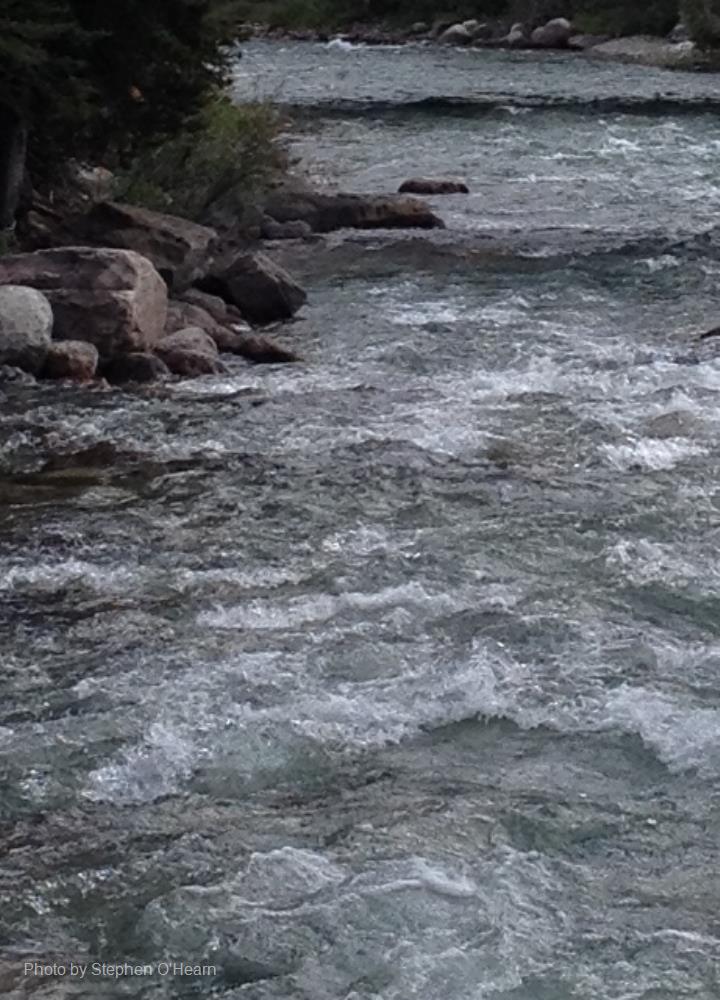
Related items loading ...
Section 1: Publication
Publication Type
Thesis
Authorship
Rupasinghe, P.
Title
GIS and Remote sensing of landscape-level disturbances
Year
2021
Publication Outlet
DOI
ISBN
ISSN
Citation
Abstract
Ecosystems respond to stress factors that may have a natural or anthropogenic origin. Natural stress factors include flood, wildfire, drought, insect infestations, etc. and anthropogenic stress factors include pollution, land cover changes, and the introduction of alien invasive species. These stressors can degrade ecosystems and result in biodiversity loss and lowered resilience. In this thesis, I investigate the spatial and temporal dynamics of ecosystem stress caused by natural and anthropogenic factors in both aquatic and terrestrial ecosystems. The large study areas and long-term changes in my research have mandated the use of Remote Sensing (RS) and Geographic Information Systems (GIS) techniques in ways that have not been previously considered in ecological studies. In the first two chapters, I developed new approaches to monitor Phragmites australis, one of the most aggressive alien plant species that has invaded wetland ecosystems throughout N. America, as well as roadside ditches where management is costly and logistically challenging. I have developed innovative methods to accurately map invasive Phragmites under two conditions: 1) when plant biomass and densities are high so that managers can evaluate the effectiveness of treatment methods and 2) when plant biomass and densities are small and sparse so that these stands can be quantified and eradicated. I found that freely available, low to moderate resolution satellite imagery (Landsat 7/8 and Sentinel 2), acquired in late July or early August, can be used to produce highly accurate maps of dense Phragmites populations. I also found that commercial satellite imagery (WorldView 2/3) can be used to map Phragmites in the early stages of invasion and when plants have regenerated following herbicide treatment. In the latter half of my thesis, I examined how pre-fire canopy species composition and forest health influence the response of boreal forests to wildfires in Alberta, Canada. Forest fires occur naturally in boreal forests and usually affect very large spatial extents that remove accumulated fire fuel from the system. Following these outbreaks, the forests will regenerate and eventually become restored to their initial state. Climate-change induced droughts and flooding may change the frequency and location of these forest fires. To quantify the burn severity of each fire, I used Landsat images to calculate the differenced Normalized Burn Ratio (dNBR); then combined dNBR for all affected areas to develop the Standardized Burn Impact Score (SBIS), which quantifies the average impact of each fire based on the size of the burned area and the mean burn severity per pixel. In general, pre-fire dominance of coniferous species (jack pine and spruce) led to higher SBIS values while pre-fire dominance of broad-leaved species (aspen, birch, and poplar) led to lower values. Mean burn severity and SBIS values increased significantly when fire outbreaks occurred at a distance of 1 km or greater from water features (e.g. lakes, rivers, streams, wetlands). I also investigated the post-fire recovery process using indices of vegetation health and accounting for the effect of distance from the water features with respect to different levels of human activity. My results show that the post-fire recovery patterns are altered due to human activities and can affect the long-term fire regimes in boreal forests of northern Alberta. Overall, my thesis has advanced the use of novel remote-sensing techniques to study ecosystem stress factors on wetland and boreal ecosystems in Canada.
Plain Language Summary
Section 2: Additional Information
Program Affiliations
Project Affiliations
Submitters
Publication Stage
N/A
Theme
Presentation Format
Additional Information
PhD, McMaster University, Boreal Water Futures


 GWFNet
GWFNet Master
Master Data
Data Research
Research Map
Map
 Advanced
Advanced Tools
Tools
 . . .
. . .
 Metadata Editor
Metadata Editor
 Record List
Record List
 Alias List Editor
Alias List Editor
 Legacy sites
Legacy sites